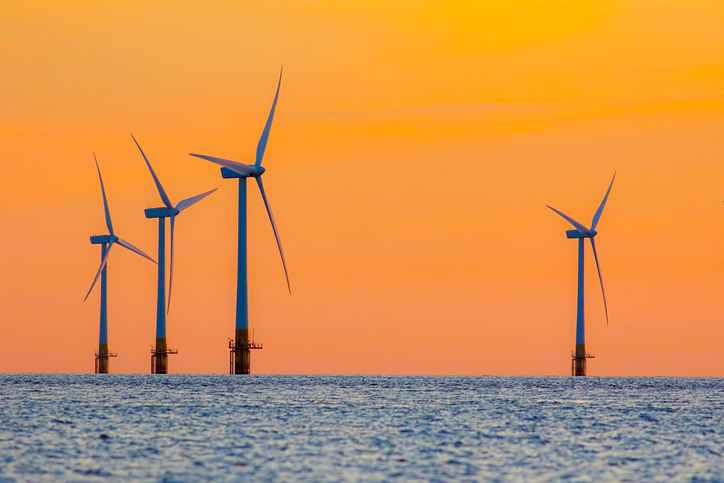Blowing wind conditions have sent Great Britain’s grid carbon intensity to stunning lows this week, with some regions of the country recording carbon intensities as low as 12g CO2/kWh.
Storm Ali has brought sustained winds at speeds of up to 80 miles per hour to regions of the UK, with Scotland’s west coast hardest hit, but the weather system has provided a boon for the country’s wind fleet.
Earlier today National Grid tweeted from its ESO Control Room account a graphic revealing that wind was the most prolific electricity generation technology yesterday (Tuesday 18 September), providing nearly one-third (31.6%) of the country’s power demand.
Total low carbon power, including generation from nuclear, biomass, solar and hydro, amounted to just shy of 70% of the UK’s power demand.
Gas and coal, at 22.2% and 2.9% respectively, contributed just more than a quarter of the UK’s power demand combined.
It led to a total carbon intensity of 136g CO2/kWh for Great Britain in total, however regions with a high penetration of wind power enjoyed particularly low carbon intensities.
In comparison Drax Electricity Insights paints a more optimistic picture for the whole of the UK, placing its carbon intensity at 124g CO2/kWh.
Mid-Scotland witnessed the lowest regional average carbon intensity of just 12g CO2/kWh, with England’s north east marginally higher at 18g. Parts of England’s south coast also enjoyed low carbon intensities, as the south west recorded a carbon intensity of 62g CO2/kWh and the south east 71g.
Meanwhile there was no such luck in the Midlands and Yorkshire, which recorded carbon intensities of 308g CO2/kWh and 243g CO2/kWh respectively.
It’s not the first time high winds have sent carbon intensities falling. Late last month the UK’s average carbon intensity dipped below 79g CO2/kWh on a Sunday evening, while periods of prolonged sunshine in spring saw weekly average carbon intensity fall to 185g CO2.
The figures are important due to the UK’s binding fifth carbon budget obligations which state that the power sector must not emit more than 100g CO2 per kWh by 2032, with the target range of somewhere between 50g and 100g within that time frame.





